Practitioners have a love/hate relationship with Camel Pose in yoga. There’s not a whole lot of neutral feelings about the posture. For some, the pose opens the front body and shoulders, releases tension, and instills a sense of freedom. For others, it causes a racing heart, anxiety about falling backward, and triggers uncomfortable feelings of vulnerability. I fall on the love-it side, but it wasn’t always that way.
Camel Pose (Ustrasana) is a pose that beautifully combines strength, flexibility, and balance. Even though the pose is shaped similarly to Bridge Pose (think Bridge Pose but on your knees), this backbend feels completely different. Proprioception plays a significant role in this pose and can make it very awkward for both new and established students.
Proprioception, otherwise known as kinesthesia, is your awareness of the position, movement, action, and location of your body. It refers to having awareness of these elements, without having to consciously think about them. It plays a role in Camel Pose as you need to locate your ankles or blocks by reaching behind you, without being able to see where you are grabbing.
You can learn more about how yoga affects proprioception in this research article;
this link will take you off-site.
If you struggle with Camel Pose, try this modification to see if it helps you easily access the pose. If you love Camel Pose, you might love it even more with this setup. We’ll break a few of the established Camel Pose yoga rules, but that just makes it more fun. 🙂
Let’s Have Some Fun:
Step 1
- Start kneeling on your shins in Hero Pose (Virasana) with your knees hips-width apart
- Lift your hips off your feet until they stack over your knees
- Curl your toes under your heels
- You can also do this pose with the tops of your feet flat on the ground, but toes curled under provide a bit more stability and balance
- Press firmly into the mat for a solid foundation
- Inhale, lift your hip points, descend the tailbone, and lengthen your body from your knees to the crown of your head.
- Bring the palms of your hands to rest on your upper thighs
Step 2
- This is where we start to break the rules!
- On your exhale, while keeping your spine long and straight, begin to lean back.
- Your hips won’t stack over your knees at that point. That’s fine; we’ll bring them back into alignment in a moment
- Continue leaning back until you feel like you’ve reached as far as your quads will let you
Step 3
- Inhale, and reach back with your hands to find the heels of your feet or blocks if you need more height
- Your arms should be in external rotation as they grab ahold of something
- If you looked from side to side to find your feet, bring your head and neck back to neutral
Step 4
- On your next exhale, slowly begin to unfurl your spine
- With control, press your hips forward until they come close to stacking over your knees.
- No thrusting here!
- Your hips may or may not end up directly on top of your knees; either is fine
- Press up with your back ribs as you lift through your sternum
- Be mindful of your head and neck
- If it feels comfortable, allow your head to drop backward
- Be careful not to crunch or strain the neck. Keep as much length in it as you can
- If the head drop feels unsustainable for you, leave your head in line with your shoulders
- Breathe deeply and evenly for 3-5 breaths. You can work up to longer holds with practice
- To exit the pose, release the grip with your hands and use your front body core muscles to lift your shoulders evenly
- Avoid rotating or lifting one shoulder at a time. This can put unnecessary strain or pinching on your lower back since you are already in spinal extension
Benefits of Camel Pose:
The chest-opening pose is not only physically invigorating, it can also be emotionally liberating. Here’s why Camel Pose is worth incorporating into your practice:
- Front Body Opening: Camel is a deep backbend that stretches the chest, lungs, and abdomen. This may increase lung capacity and promote better respiratory functions for some students.
- Strengthens Back and Shoulders: This pose requires the engagement of the back muscles, promoting both the spine’s strength and flexibility.
- Improves Posture: This pose counters prolonged time spent sitting at a desk or slumped over looking at technology. With regular practice, Camel Pose can help improve posture by strengthening the muscles that support good alignment (back and shoulders, as mentioned above).
- Energizing: Students often feel energized and uplifted after doing backbends. It can counter feelings of fatigue or drowsiness.
- Emotional Release: For many of us, stress takes a physical manifestation through tight shoulders, neck, and jaw. Opening our front body and shoulders can help release this tension, which feels emotionally freeing and liberating.
Camel Pose is a transformative yoga asana that opens the front body, strengthens the back, and highlights the connection between the mind and body. As you practice this empowering pose, remember that patience is your ally. It may take time before you find yourself enjoying it. I hope this non-traditional entrance into Camel Pose will help you along your yoga journey. Let me know in the comments below how this variation worked for you.
Tonya is a 500hr RYT based in Coastal Mississippi. She loves that she gets to share the joy and healing that yoga brought to her life. In addition to teaching yoga, she flips houses with her husband. Tonya is a travel enthusiast who loves the outdoors and adventure. You'll find her at the local beach, volunteering at the animal shelter, and playing with her forever and foster dogs.
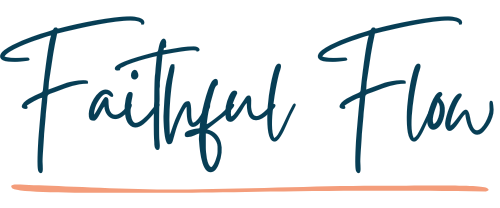
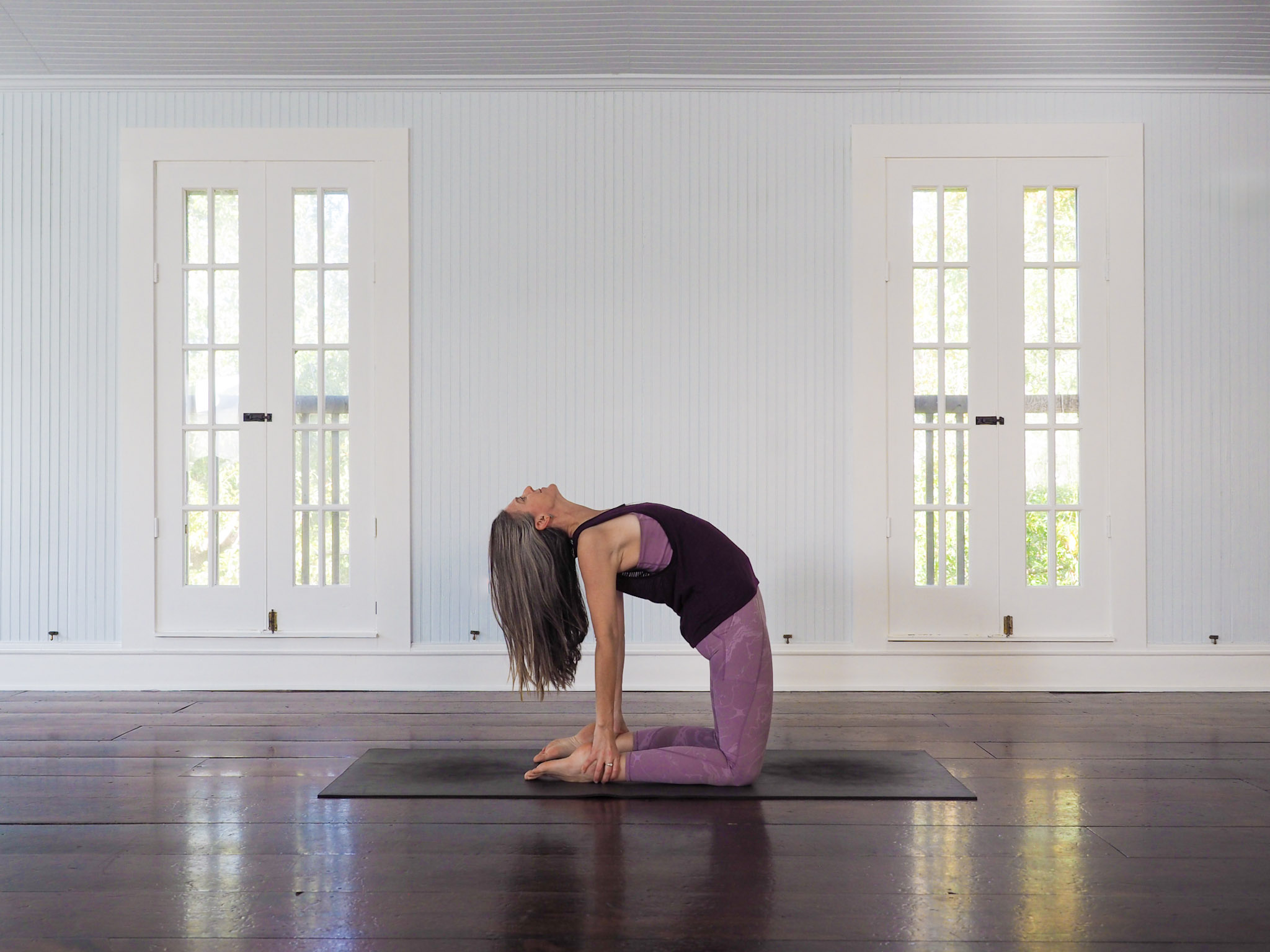
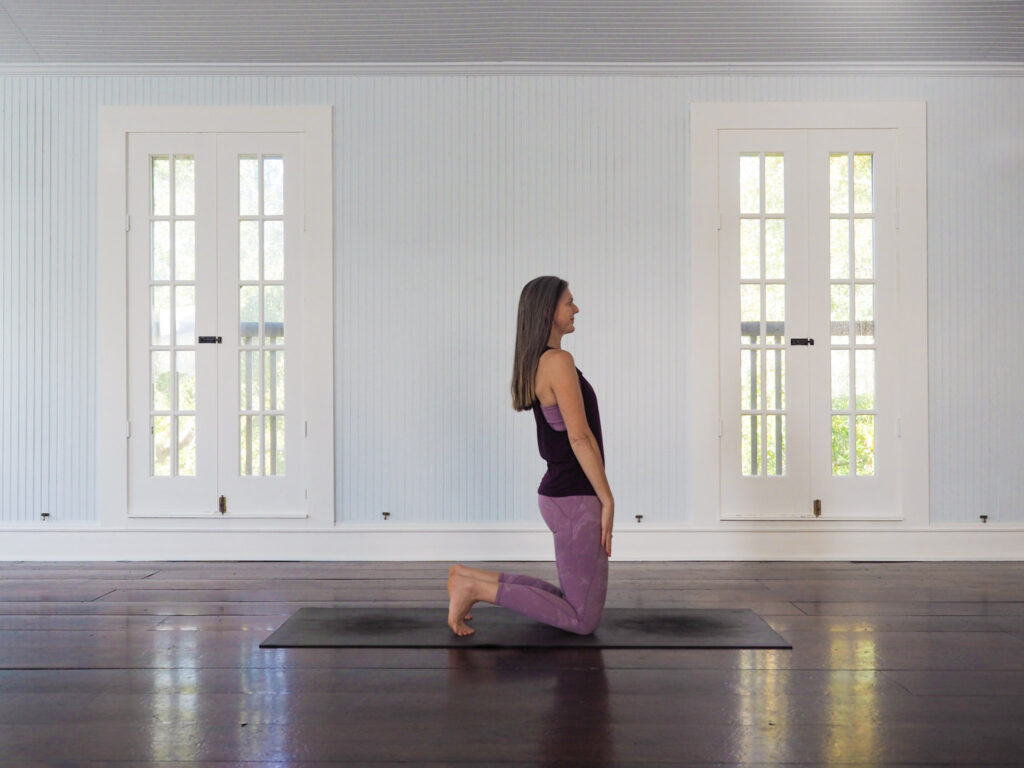
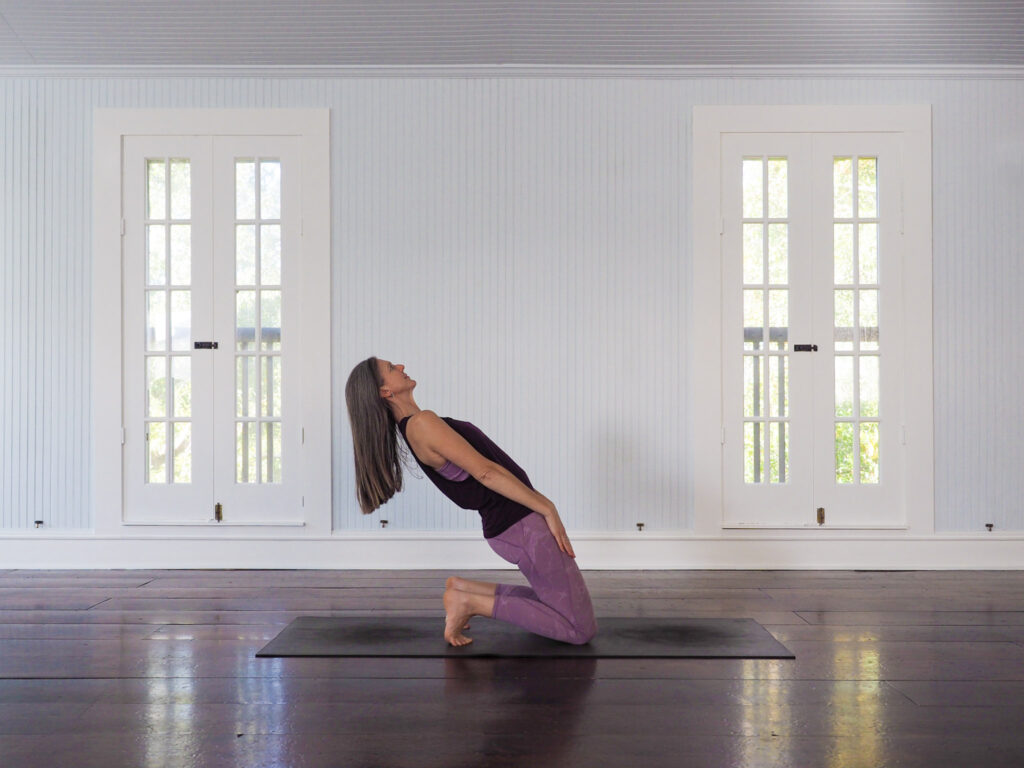
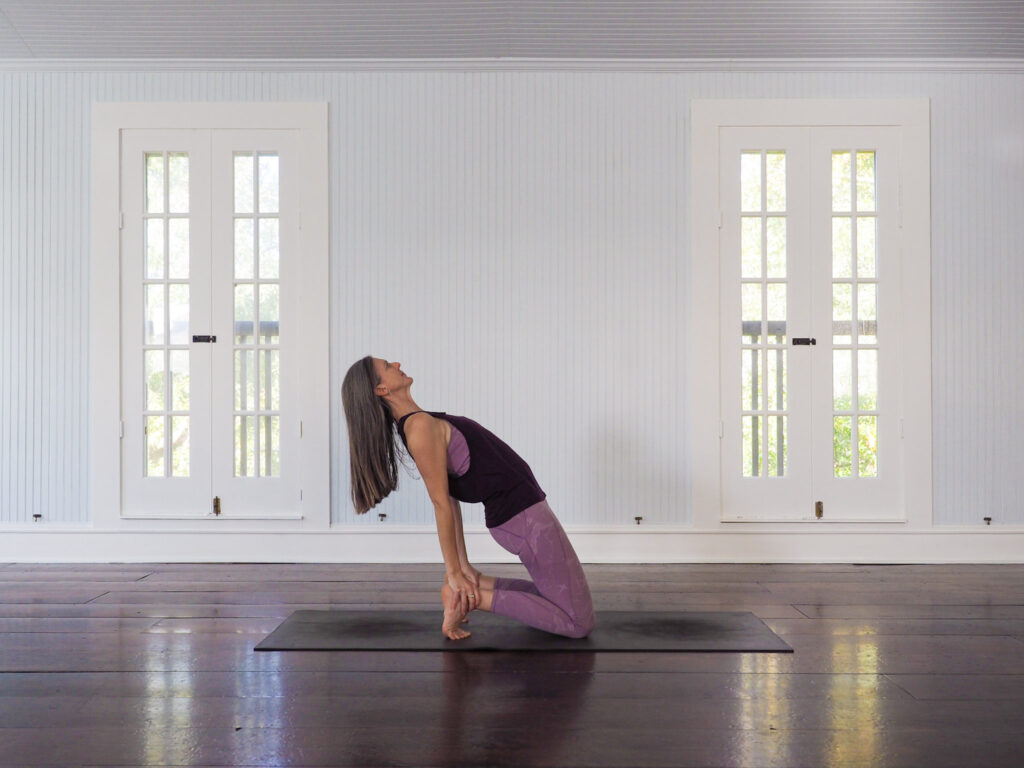
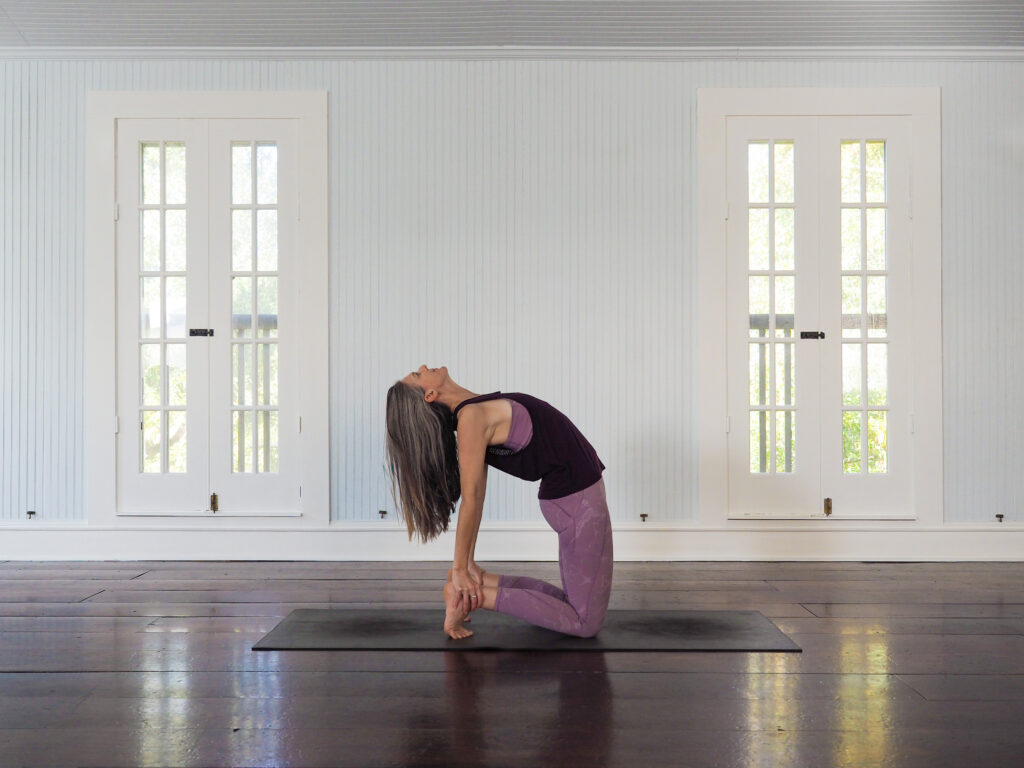
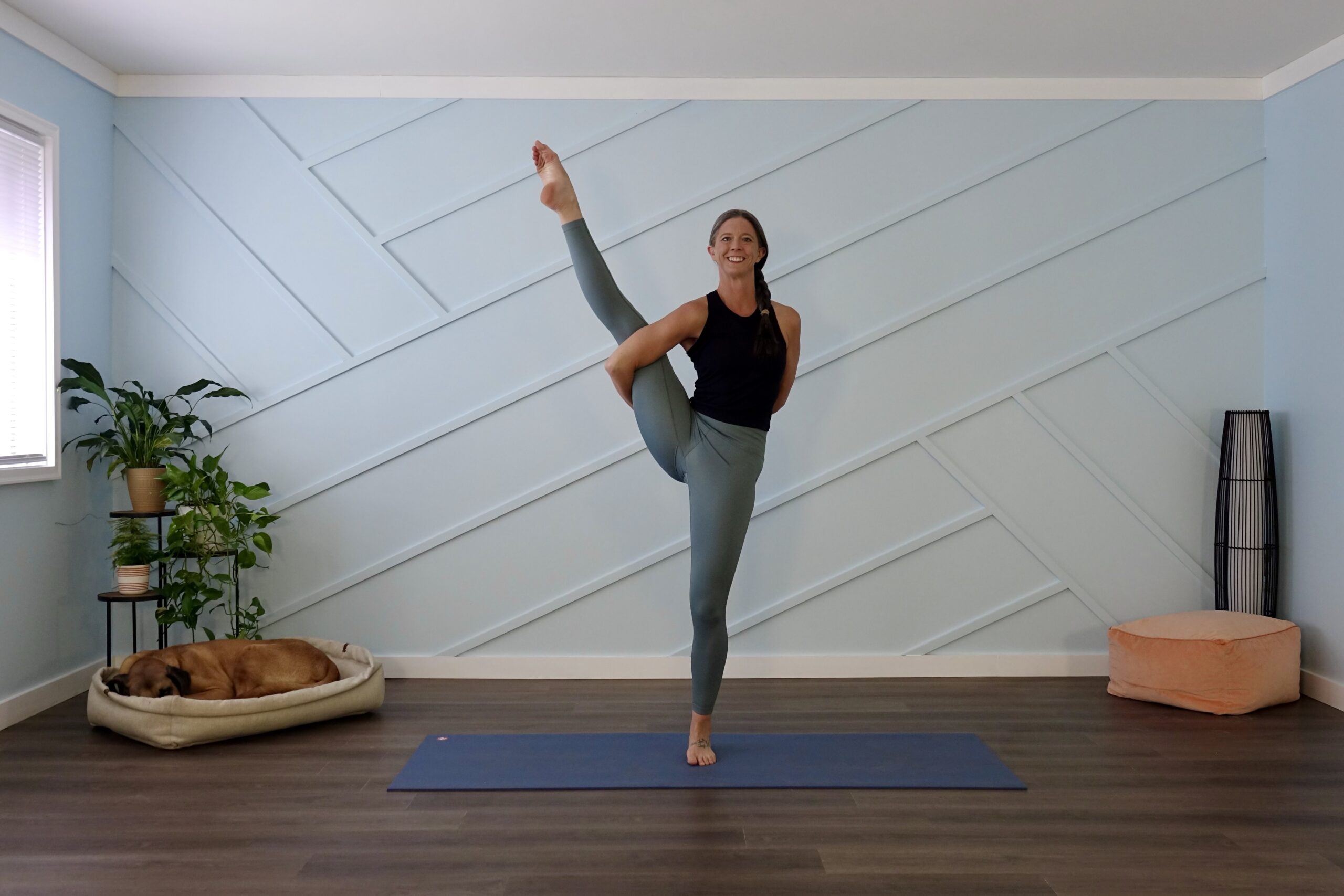

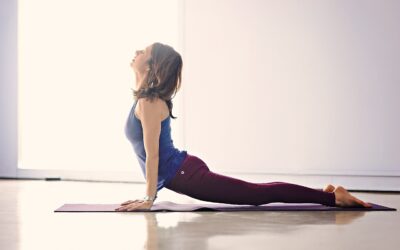
0 Comments